Emissions curbed
Green energy sources are being used at all the Asian Games competition venues.
Some of the green electricity used at the venues is photovoltaic energy transmitted from areas such as the Qaidam Basin in Qinghai province, the Jiayu Pass in Gansu province, and the Loess Plateau in north-central China. State Grid Hangzhou Electric Power Supply Co said wind power for the Games is generated in areas such as the Xinjiang Uygur autonomous region.
The term "green electricity" refers to electricity production processes with minimal to zero carbon dioxide emissions, reducing the environmental impact when compared with conventional power generated from fossil fuels.
Chen Rong, director of the venue construction and management department for the 19th Asian Games Organizing Committee, said, "The green power agreement for the Games now stands at 220 million kilowatt-hours, reducing carbon dioxide emissions by 115,400 tons."
Hangzhou has also been promoting the use of electric vehicles and enhancing its green transportation system. State Grid Hangzhou Electric Power Supply Co has gone to great lengths to ensure that all the Games venues are equipped with charging stations.
The company has also installed China's first high-power wireless charging station for new energy vehicles at the Asian Games Village in Hangzhou's Xiaoshan district. With 102 charging stations and 2,024 charging points established, the company offers comprehensive support services for green transportation during the Games.
Even the mascots for the Games showcase an innovative approach to sustainability.
Their fabric was produced by using digital printing technology, which, unlike traditional methods, does not produce any waste water, gas or pulp. To minimize air pollution, the mascots are cut out by workers using electric scissors instead of laser machines. The electricity used to produce the mascots was generated from photovoltaic installations on the factory roof.
Furthermore, a diverse range of eco-friendly licensed products has been created for the Games, including backpacks made from 10 recycled bottles and frisbees crafted from 1,000 grams of rice husks.
Hua Fang, who works for the Hangzhou Asian Games Organizing Committee's market development department, said, "Licensed merchandise serves as distinctive event keepsakes, and we also promote the use of new concepts and technologies in product design and development."
To stage the first carbon-neutral Asian Games, the authorities in Zhejiang launched a digital management platform on July 11. The platform uses digital technology to oversee management of carbon emissions in six cities, and includes functions such as data collection, accounting, emissions reduction and evaluation.
A statement from the Hangzhou Asian Games Organizing Committee's environmental protection department said: "The carbon footprint of a large sporting event covers many aspects, including construction of the competition venues, transportation, accommodations, competition preparations, and spectators.
"It is very difficult for humans to evaluate all this. With the platform, we only need to input and check raw data. Carbon emissions are automatically calculated by the system."










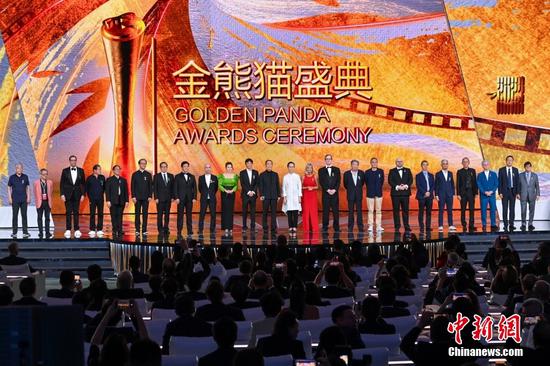

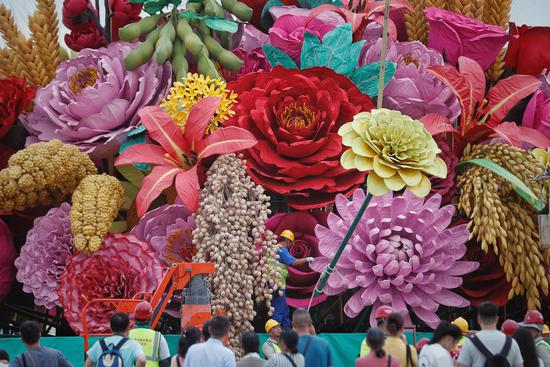
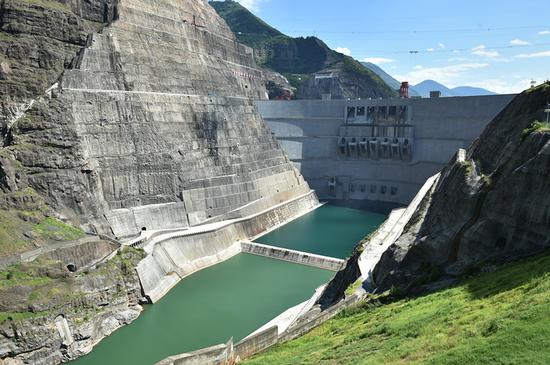
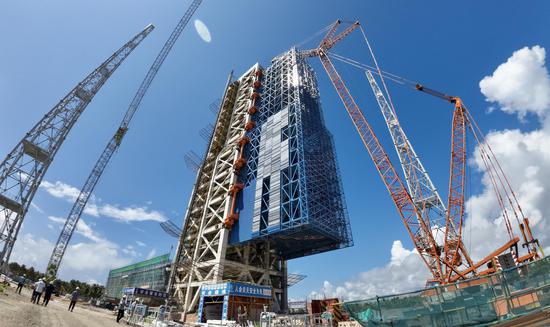
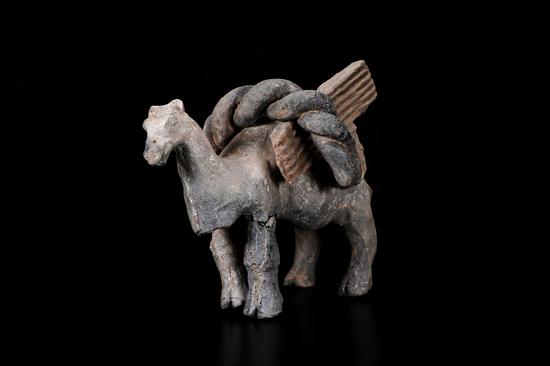



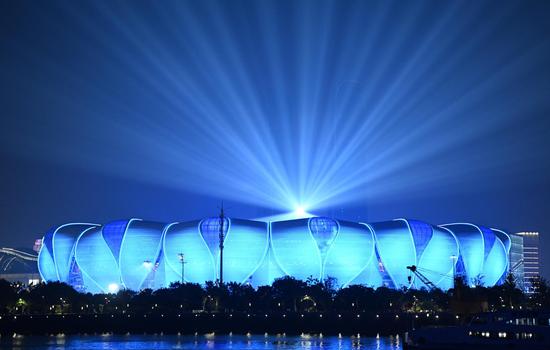

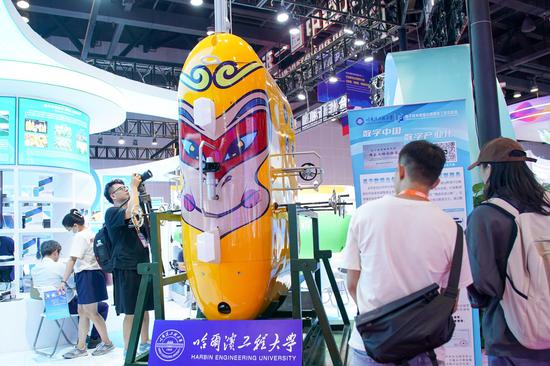

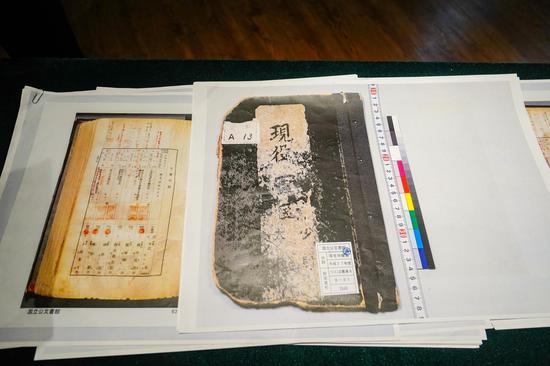




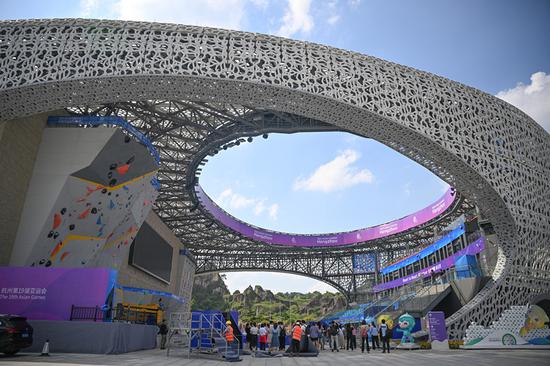
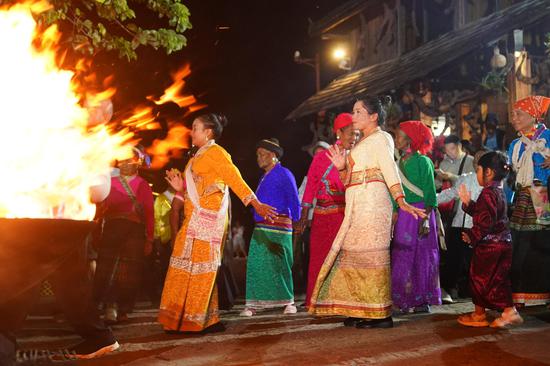
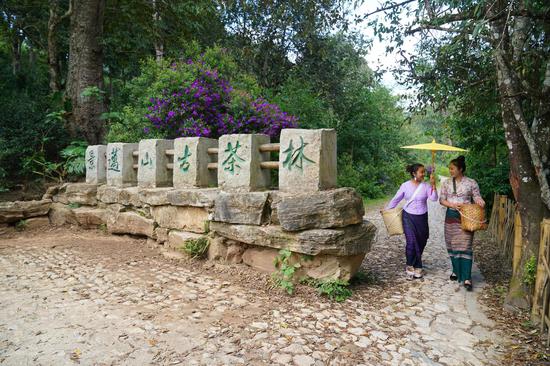




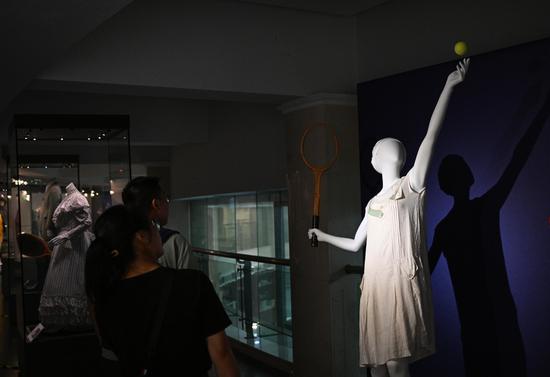

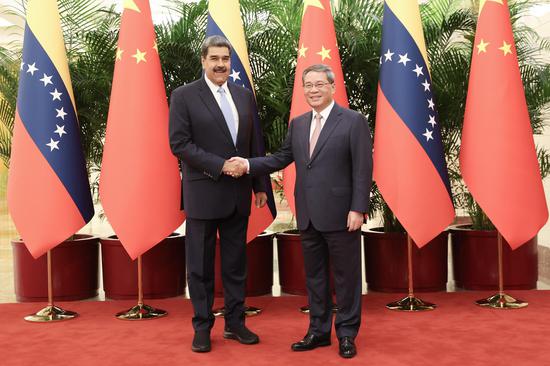
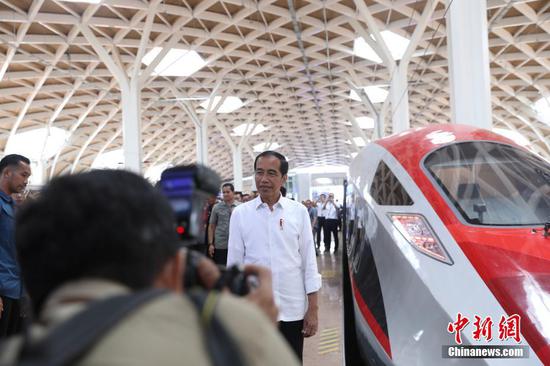

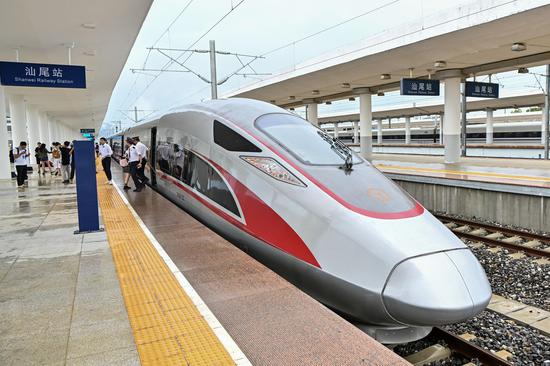


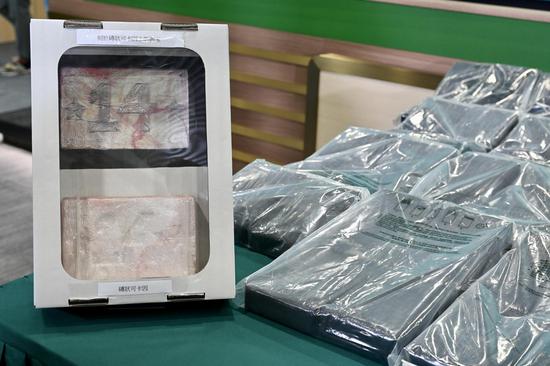
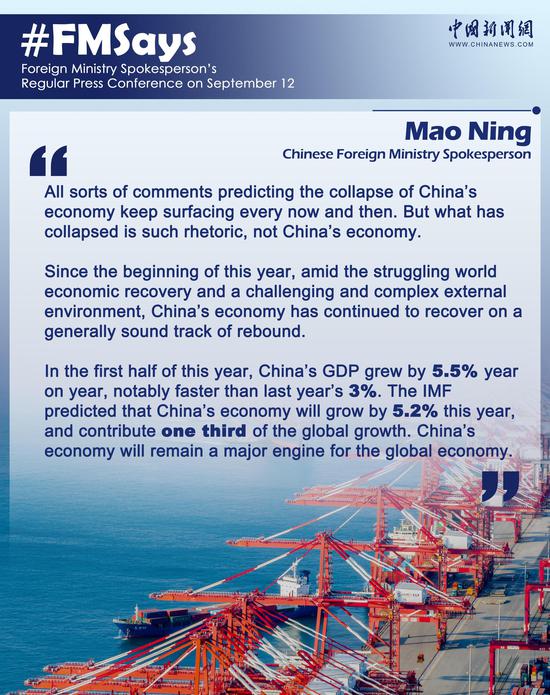

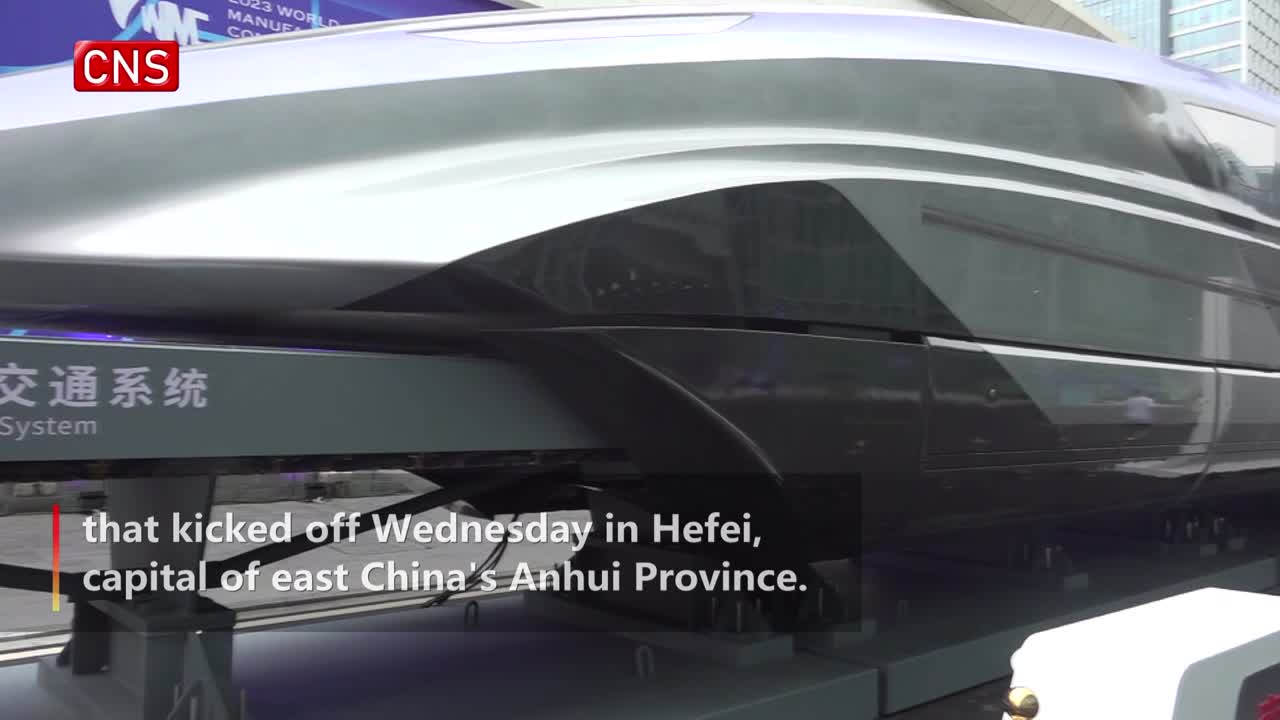

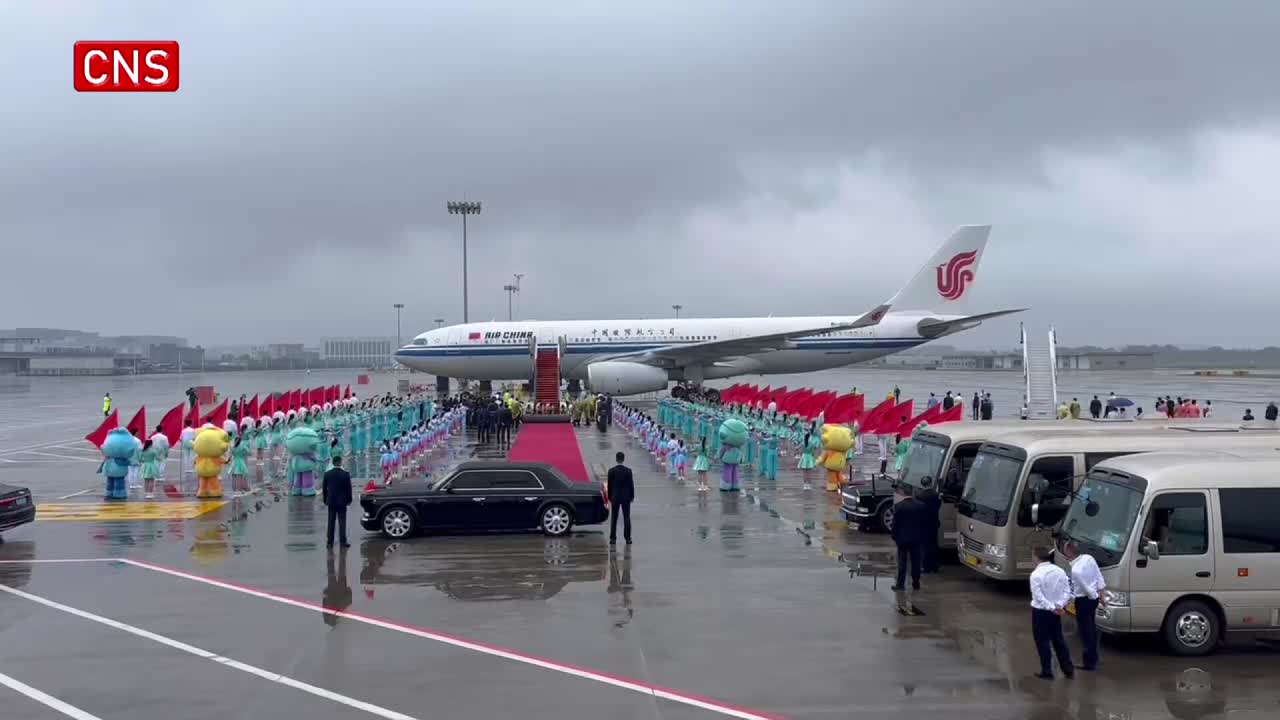

 京公网安备 11010202009201号
京公网安备 11010202009201号